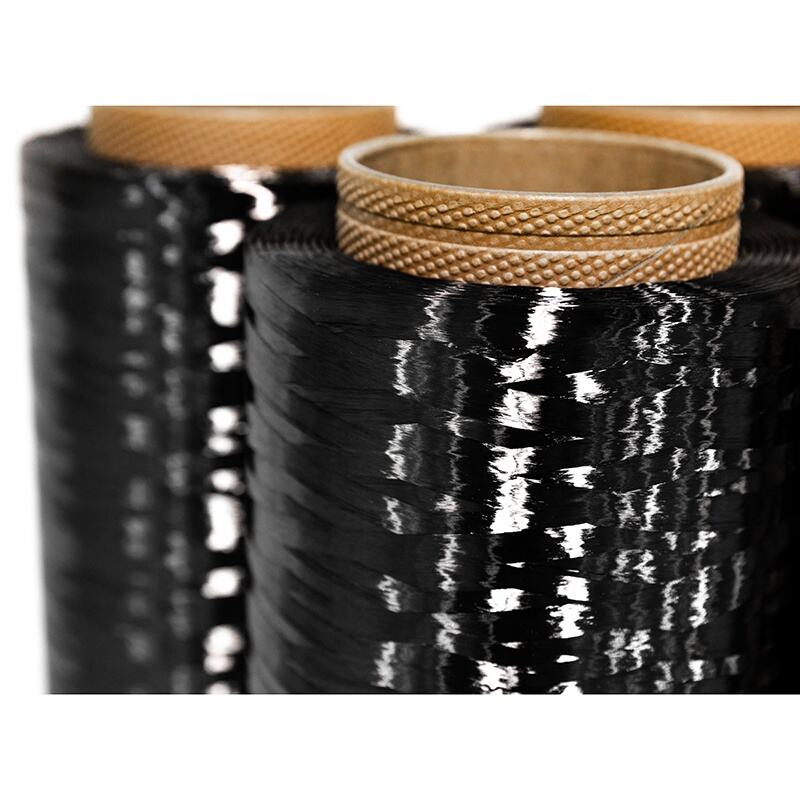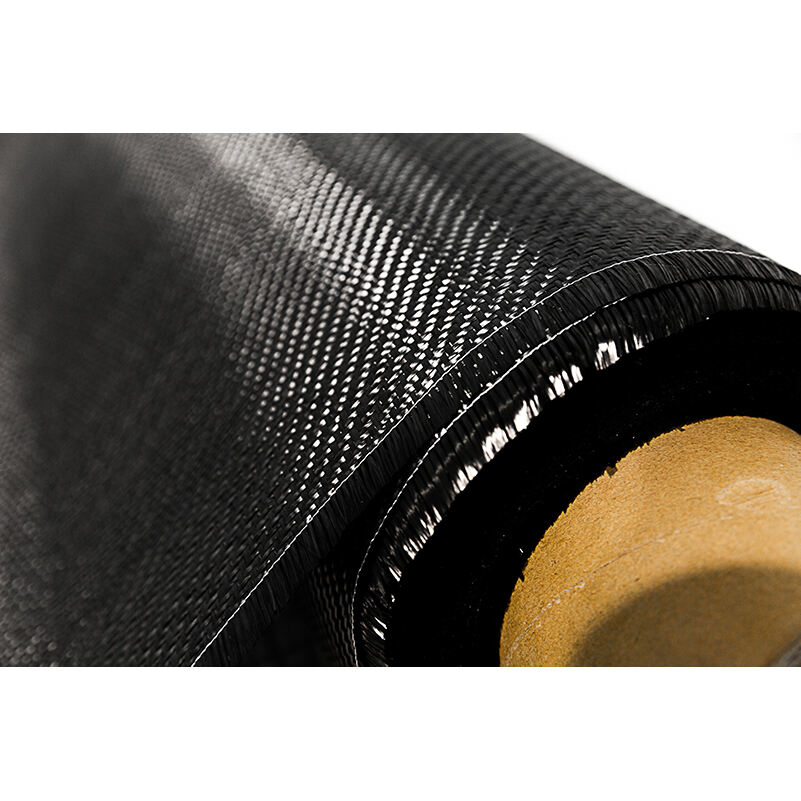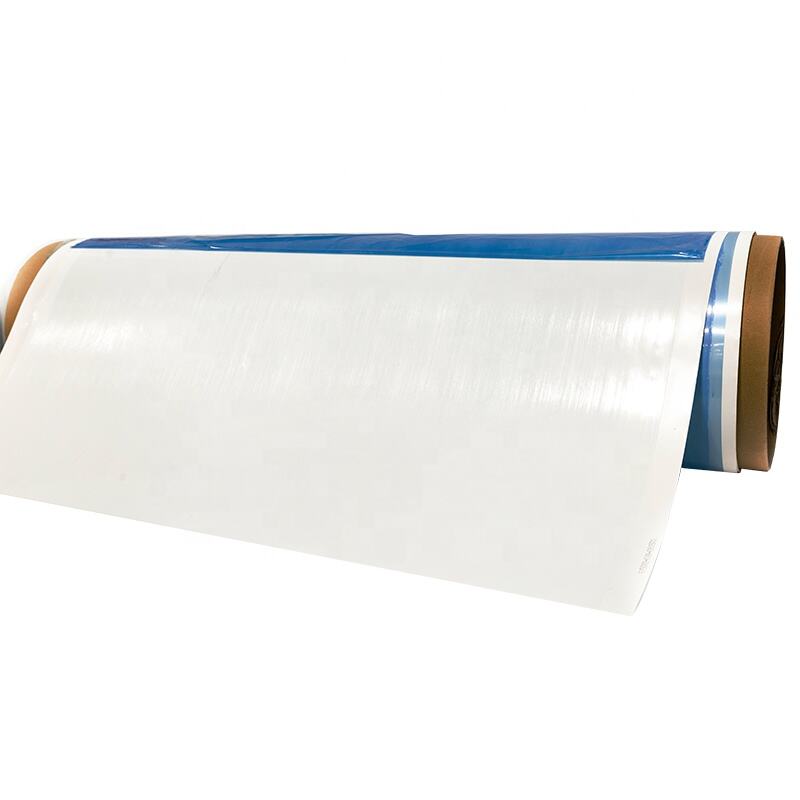raw carbon fiber
Raw carbon fiber represents a groundbreaking material in modern manufacturing, consisting of extremely thin filaments primarily composed of carbon atoms. These fibers, measuring approximately 5-10 micrometers in diameter, are created through a complex process of oxidation, carbonization, and surface treatment of organic precursors. The material stands out for its remarkable strength-to-weight ratio, surpassing traditional materials like steel and aluminum. In its raw form, carbon fiber appears as a flexible, black, thread-like material that can be woven into fabric or combined with resins to create composite materials. The structure of raw carbon fiber features long, parallel arrangements of carbon atoms, providing exceptional tensile strength while maintaining minimal weight. This unique combination of properties makes it invaluable across various industries, from aerospace and automotive manufacturing to sporting goods and renewable energy infrastructure. The material's versatility allows it to be processed into different forms, including tow, fabric, and chopped fiber, each serving specific manufacturing requirements and applications.


